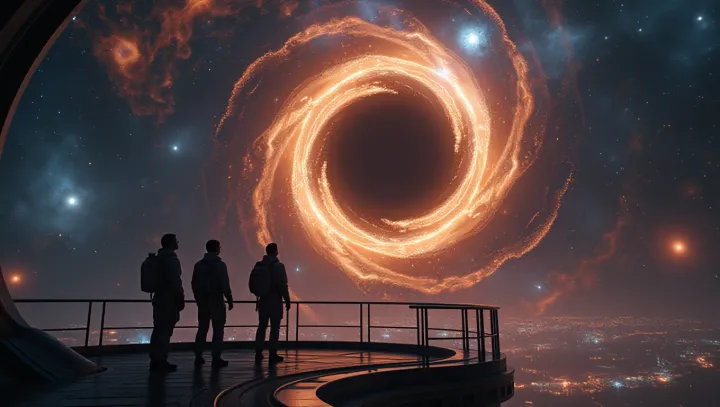Exploring the Reality of Wormholes

In the domain of astrophysics, wormholes have intrigued researchers for decades. Often depicted in science fiction as shortcuts through space and time, the possibility of their existence raises profound questions about the universe. Scientists at the California Institute of Technology have made significant strides by proposing innovative observational techniques to detect these elusive space-time corridors.
Recent analyses suggest that by observing the unique gravitational fields and wave patterns around black holes, it may be possible to uncover the presence of wormholes. While purely theoretical at this stage, such findings invite a new wave of interest and exploration among the scientific community. According to Dr.
Emily Rotter, lead scientist on the study, 'the implications of confirming the existence of wormhoes would revolutionize our understanding of space-time and the fundamental laws governing our cosmos.' The pursuit of wormholes aligns with broader technological advancements in cosmic observation. As telescope capabilities and data-analytical tools advance, scientists gain unprecedented access to the distant reaches of our universe. This burgeoning era of discovery fuels an age-old human fascination with the cosmos—bridging science fiction and reality.
As exploration continues, the question remains: what secrets of the universe lie beyond the observable horizon.
